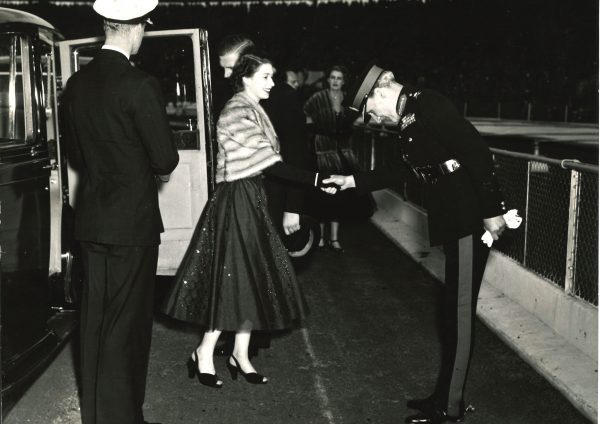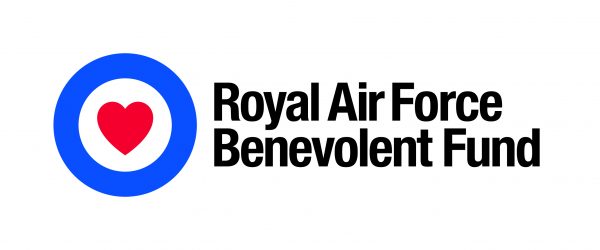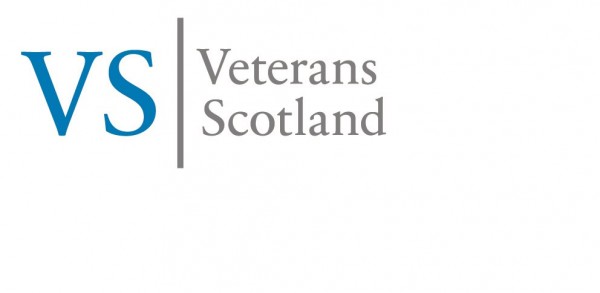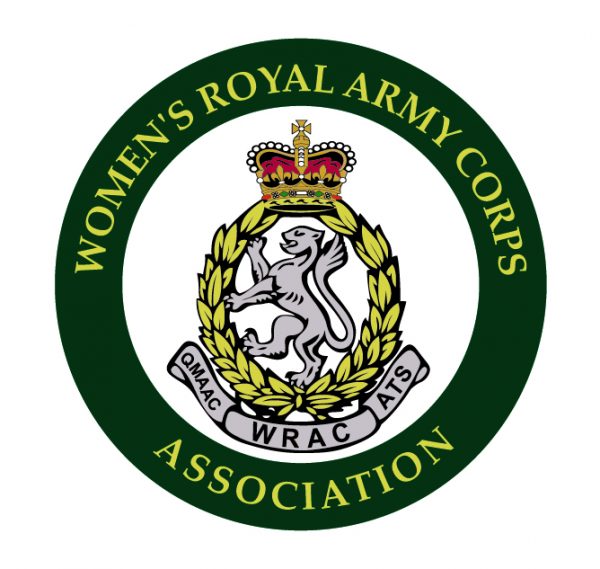SSAFA, the Armed Forces charity, will be attending the Birmingham International Tattoo, Britain’s biggest indoor tattoo, on 11 and 12 February.

SSAFA has a long established connection with military tattoos, from its Searchlight Tattoo’s held in White City, heralded as the “London’s greatest spectacle” in the 1950s, to fundraising tattoos on notable military barracks such as Aldershot in the 1970s.
For four centuries British soldiers have marched to the beat of pulse-stirring drum, trumpet and bagpipe music. In the early 20th century almost every military town or garrison presented a tattoo during the summer, and to this very day, large scale tattoos such as the Birmingham Military Tattoo draw large international crowds every year.
SSAFA volunteers from the West Midlands are all set to man the SSAFA stand, and get the word out about the excellent work the charity does with local veterans and service people.
The stand is situated in the Merchandise Area and will be selling SSAFA branded goods such as t-shirts to raise money and awareness for the charity.
Emma Buckingham, SSAFA Regional Fundraising Manager said:
“SSAFA East Midlands is grateful to the Birmingham Tattoo for offering us space at its exceptional event. SSAFA’s involvement in military tattoos goes back decades.”
Following this year’s Birmingham Tattoo’s theme of commemorating the late Queen, SSAFA will display some beautifully detailed posters, including extraordinary photos of the royal during her time as patron.
The Military Tattoo originally began as a military drum performance, in the 17th century. During the 30 Years War in the Low Countries, drummers from the Dutch garrisons were sent into the towns at 9:30pm each evening to inform the soldiers that it was time to return to the barracks. The word Tattoo derives from the Dutch phrase doe den tap toe, meaning literally “turn off the taps”, an instruction to innkeepers to stop serving beer to soldiers. Later becoming tap-too or tap-toe, by the 19th Century the ‘Tattoo’ was a commonplace military performance.
















